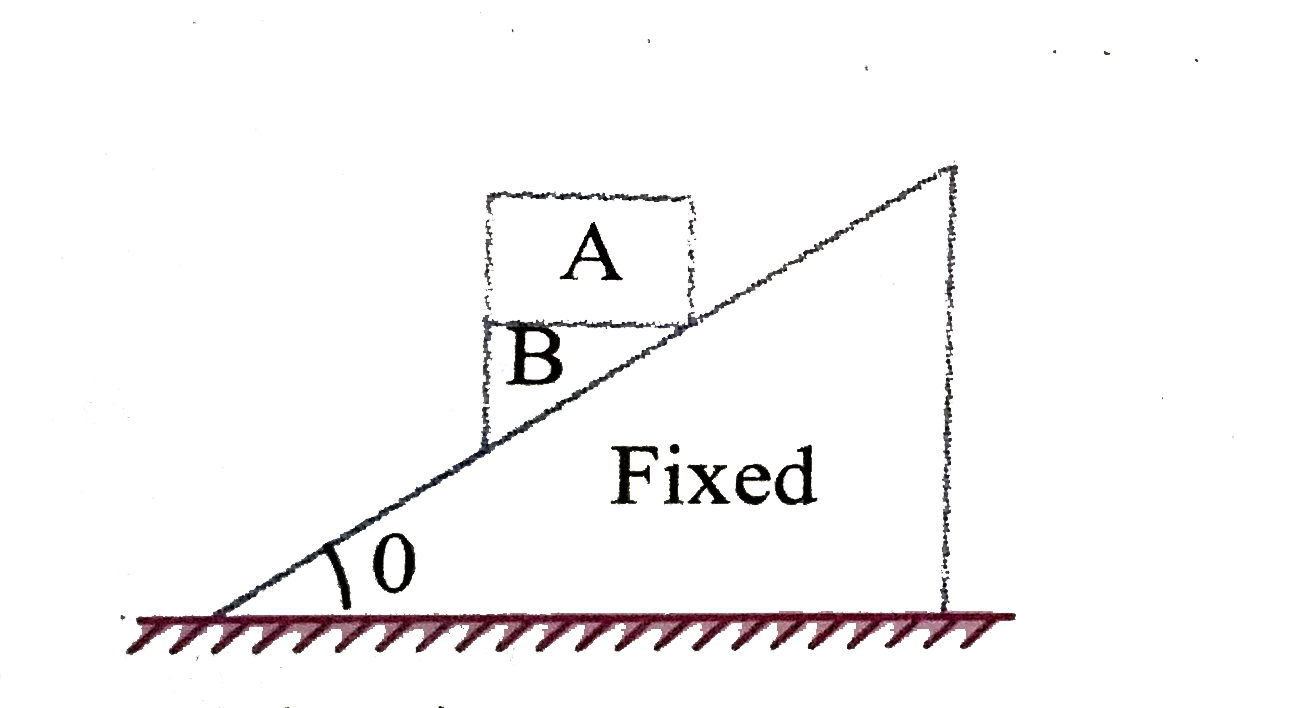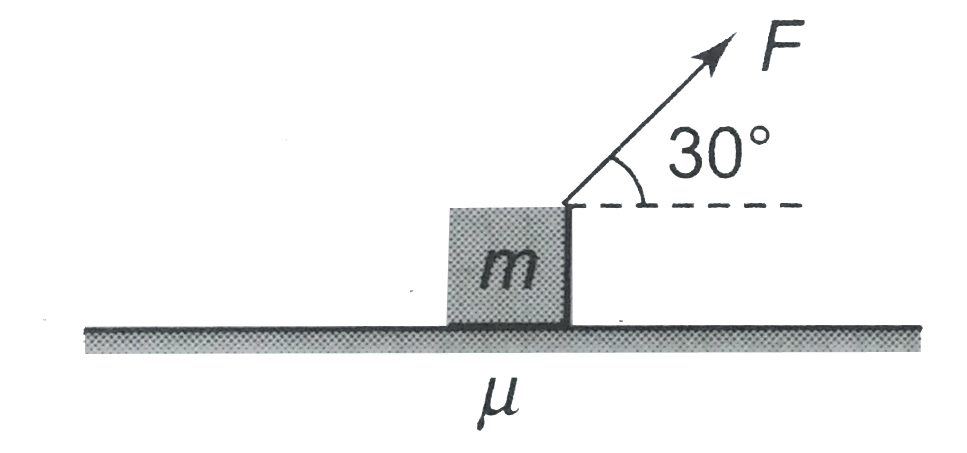There will be no relative motion between P and Q if pseudo force on block P is less than or just equal to limiting friction between P and Q.
i.e. m(KA2m) Limiting friction
Maximum friction = KA2
The first law of thermodynamics is based on :–
Law of conservation of energy
Law of conservation of mechanical energy
Law of conservation of gravitational P.E.
None of the above
The correct Answer is:A
1st law of thermodynamics is based on law of conservation of energy
Topper's Solved these Questions
Similar Questions
Limiting (i.e., maximum) static friction is slightly less than sliding friction.
View SolutionA : During horizontal circular turn of a car, the centripetal force required should be less than the limiting friction between its tyres and road.
R : The centripetal force to car is provided by the frictional force between its tyres and the road.
View Solution
Knowledge Check
If the static friction between two surface P and Q is measured to be 50 N, then the sliding friction between these two surface is most likely to be :
A75 NB45 NC55 ND65 NFriction between any two surfaces in contact is the force that opposes the relative motion between them The force of limiting friction (F) between any two surfaces in contact is directly proportional to the normal reaction (R) between them F∝R or F=μR where μ is coefficient of limiting friction If θ is angle of friction then μ=tanθ
A force of 49N is just able to move a block of wood weighing 10kg on a rough horizontal surface The coefficient of friction is .A0.5B4.9C10/49D49/9.8Friction between any two surfaces in contact is the force that opposes the relative motion between them The force of limiting friction (F) between any two surfaces in contact is directly proportional to the normal reaction (R) between them F∝R or F=μR where μ is coefficient of limiting friction If θ is angle of friction then μ=tanθ
The acceleration produce in the block in the above question is .A9.8ms−2B0.3ms−2C1.5ms−2D4.9ms−2
A block of weight 10 N lies on a rough table. It just moves when a force of 7N is applied on it. Calculate the coefficient of limiting friction between the block and the table.
View SolutionFriction between any two surfaces in contact is the force that opposes the relative motion between them The force of limiting friction (F) between any two surfaces in contact is directly proportional to the normal reaction (R) between them F∝R or F=μR where μ is coefficient of limiting friction If θ is angle of friction then μ=tanθ
The angle of friction in the above question is .
View SolutionThe coefficient of friction between the block A of mass m & block B of mass 2m is μ. There is no friction between A&B is released from rest & there is no slipping between A&B then:

View SolutionA block of mass m lying on a rough horizontal surface of friction coefficient μ is pulled by a force F as shown , the limiting friction between the block and surface will be

View SolutionFriction between any two surfaces in contact is the force that opposes the relative motion between them The force of limiting friction (F) between any two surfaces in contact is directly proportional to the normal reaction (R) between them F∝R or F=μR where μ is coefficient of limiting friction If θ is angle of friction then μ=tanθ
A horizontal force of 1.2kg is applied on a 1.5kg block which rests on a horizontal surface If the coefficient of friction is 0.3 force of friction is .
View Solution
